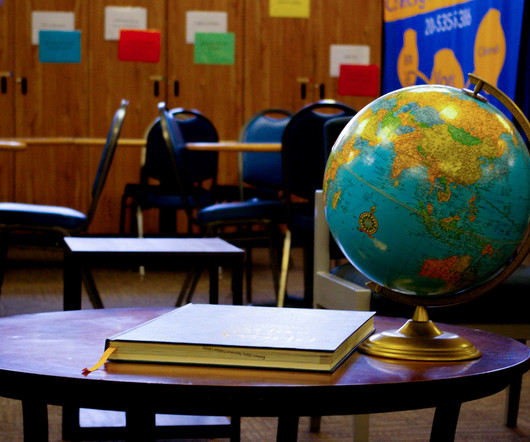Teaching With Technology in Higher Ed? Start With Relationship-Building.
Edsurge
JANUARY 2, 2019
In addition to using technology in my own biology courses, I also work with faculty across the country on how to teach with technology through an inclusive lens. The narrative I often hear centers on how students may resist active learning approaches, a teaching style that often (but not always) is predicated on some technology.













Let's personalize your content